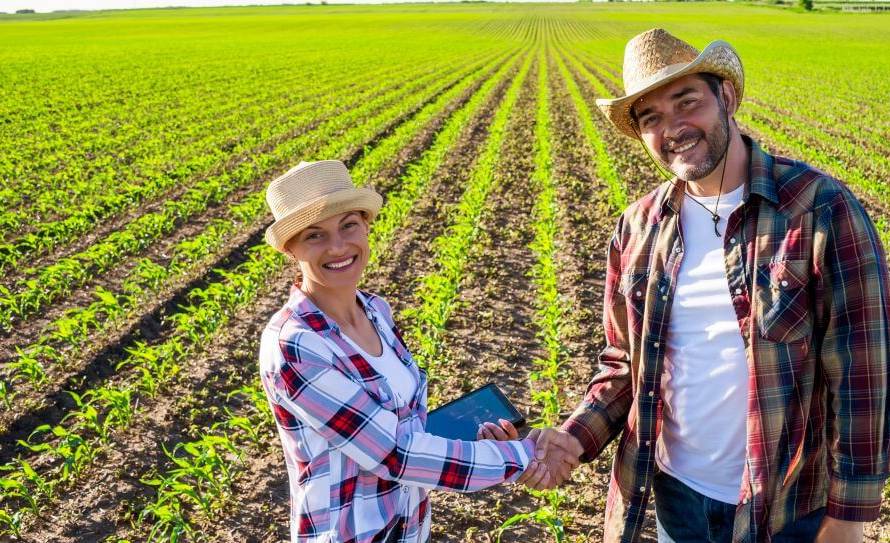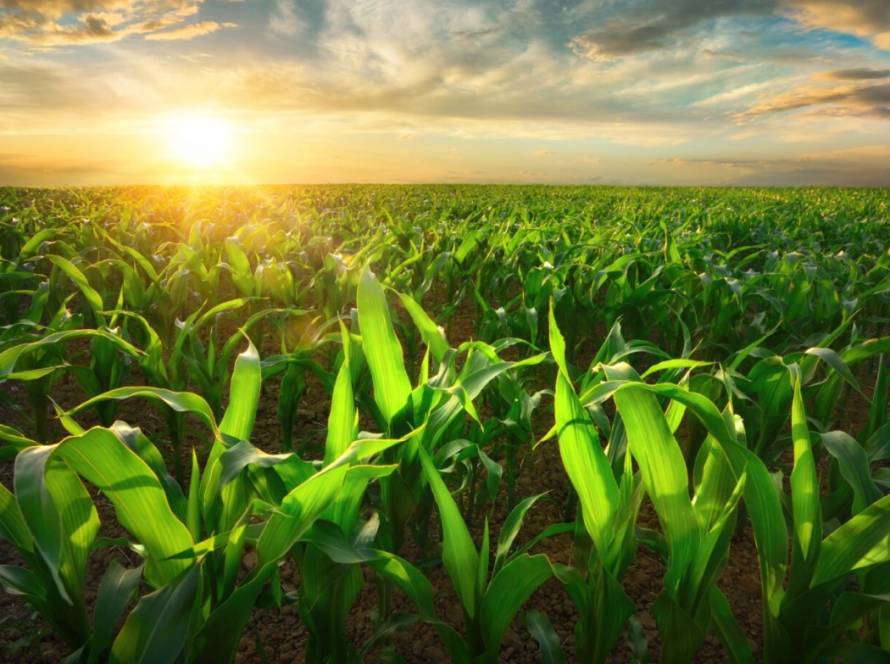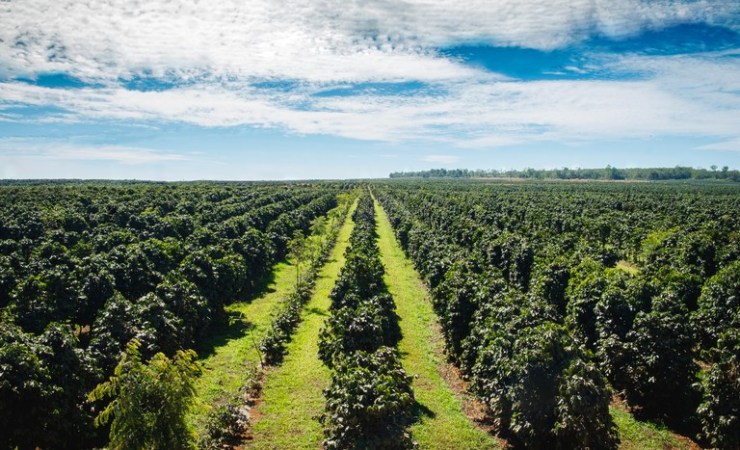Brazilian grain production for the 2024/25 harvest is estimated at 339.6 million tons, a record volume that represents an increase of 14.2% or 42.2 million tons compared to the previous cycle's harvest. The result is part of the tenth survey released this Thursday (10) by the National Supply Company (Conab) and reflects the combination of factors such as favorable weather, expansion of the planted area, greater technological investment and stimulus from public policies.
 The country's cultivated area totals 81.8 million hectares, an increase of 2.3% year-over-year. This increase is driven primarily by soybeans, which grew 3.2% (1.5 million hectares), followed by corn, which grew 2.4% (507.8 thousand hectares), and rice, which grew 140.8 thousand hectares. Although winter crop planting was hampered by excessive rainfall in the South Region, other crops are progressing satisfactorily in the various stages of the cycle.
The country's cultivated area totals 81.8 million hectares, an increase of 2.3% year-over-year. This increase is driven primarily by soybeans, which grew 3.2% (1.5 million hectares), followed by corn, which grew 2.4% (507.8 thousand hectares), and rice, which grew 140.8 thousand hectares. Although winter crop planting was hampered by excessive rainfall in the South Region, other crops are progressing satisfactorily in the various stages of the cycle.
Soybean production is expected to reach 169.5 million tons, an increase of 14.7% compared to the previous harvest. Average yield is also a record, estimated at 3,560 kg/ha, with Goiás standing out, reaching 4,122 kg/ha. Corn, combining the three harvests, is expected to produce 132 million tons, representing an increase of 14.3%. The first harvest is almost completely harvested, while the second harvest is still maturing. Currently, approximately 27.7% of the crops have been harvested, while 65% are still maturing.
Rice, with the harvest completed, is recovering and is expected to reach 12.3 million tons, an increase of 16.5%. The increase in planted area and favorable weather conditions, especially in Rio Grande do Sul, explain this result. In the case of beans, total estimated production is 3.15 million tons, 1.3% lower than the previous cycle, but with a strong first-season production, which grew 12.8%. Second-season crops are still maturing and harvesting, and the third season is underway.

Photo: Gilson Abreu
Cotton production is expected to reach 3.9 million tons of lint, with 7.3% of the area already harvested and 78.9% at maturity. The 6.4% growth in production reflects a 7.2% increase in cultivated area. Mato Grosso leads with almost 70% of the national total, followed by Bahia with just over 20%. Wheat, still being planted in much of the Southern states, has seen a 16.5% reduction in area and an expected production of 7.8 million tons. Most crops are between emergence and vegetative development, but some areas have already been harvested in the Central-West and Southeast regions.
Harvest progress is monitored monthly by Conab, based on more than 540 combinations of area and productivity data, by crop and by state. Estimates use statistical models and field information collected by more than 4,000 agents nationwide, including objective analysis using satellite imagery and climate observations. The current survey may be adjusted based on weather conditions in the coming months, especially for crops nearing the end of planting or in the early stages of development.
Market
The recent increase in the mandatory biodiesel blending requirement, approved by the National Council for the Pernambuco (CNPE), is boosting the soybean market by increasing demand for crushing. Additional processing of approximately 935,000 tons of soybeans is expected, increasing oil production to 11.37 million tons and meal production to 43.78 million tons, resulting in higher domestic consumption and inventories of these products. Despite the slight reduction in the soybean production estimate, exports remain virtually unchanged, with a forecast of 106.22 million tons.

Photo: Eduardo Monteiro
For corn, strong growth in domestic demand, particularly for ethanol production, should absorb part of the increase in supply, estimated at 132 million tons. 90 million tons are expected to be consumed domestically, while exports may decline slightly amid increased international competition. As a result, final stocks are expected to grow significantly. For rice, the recovery of domestic production, combined with the prospect of falling domestic prices, should stimulate the resumption of exports. Imports remain stable, and final stocks are expected to increase.
In the case of beans, the market is showing a downward trend in prices, even with adjusted supply, reflecting slow consumption and retailer resistance to replenishing stocks. Cotton, on the other hand, maintains good external prospects, especially in Asia, although lower demand from China and high storage volumes are putting pressure on prices. For winter crops such as wheat, oats, and canola, sowing progress is being influenced by the weather, with yield expectations still based on historical data. Barley is experiencing a reduction in area in some states, while sorghum is gaining ground with good acceptance in the feed and ethanol industries.
For detailed information, the Grain Harvest Bulletin is available at Conab website, as well as complementary agricultural monitoring and harvest progress bulletins, which allow continuous monitoring of the harvest's evolution throughout the national territory.





